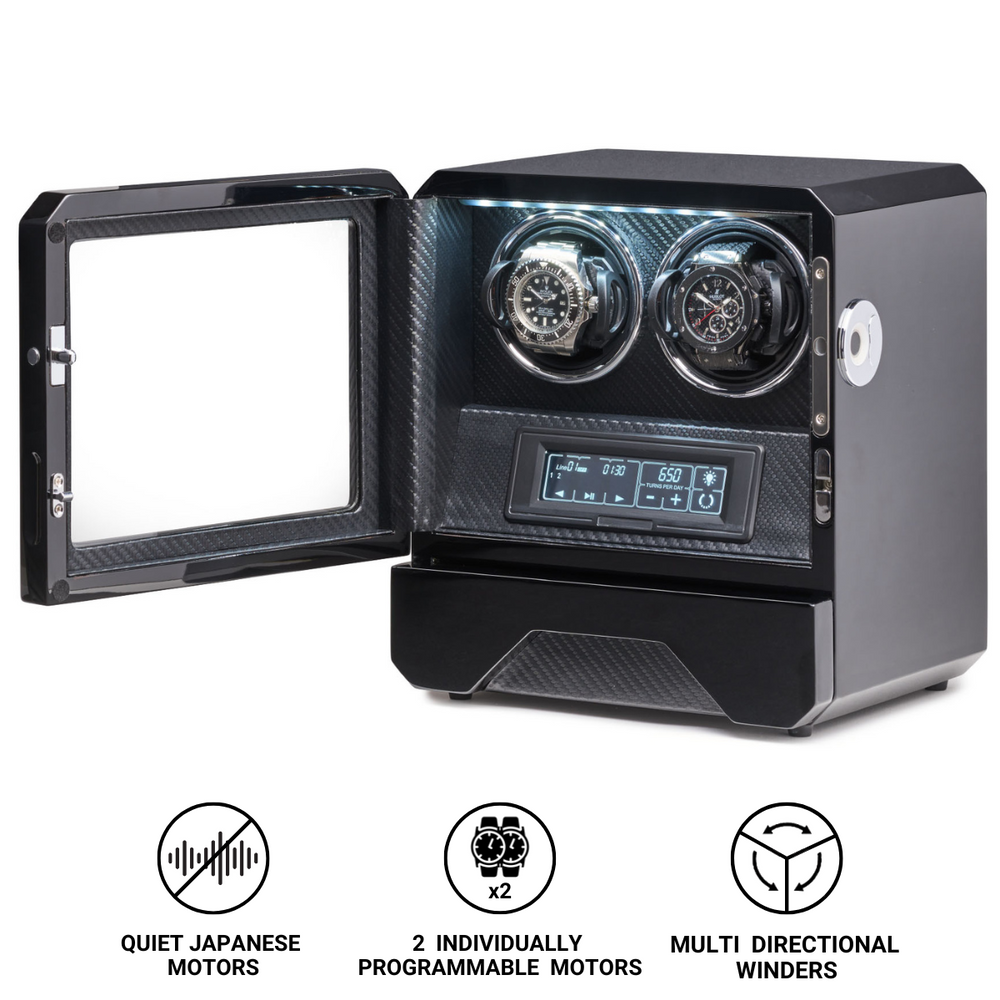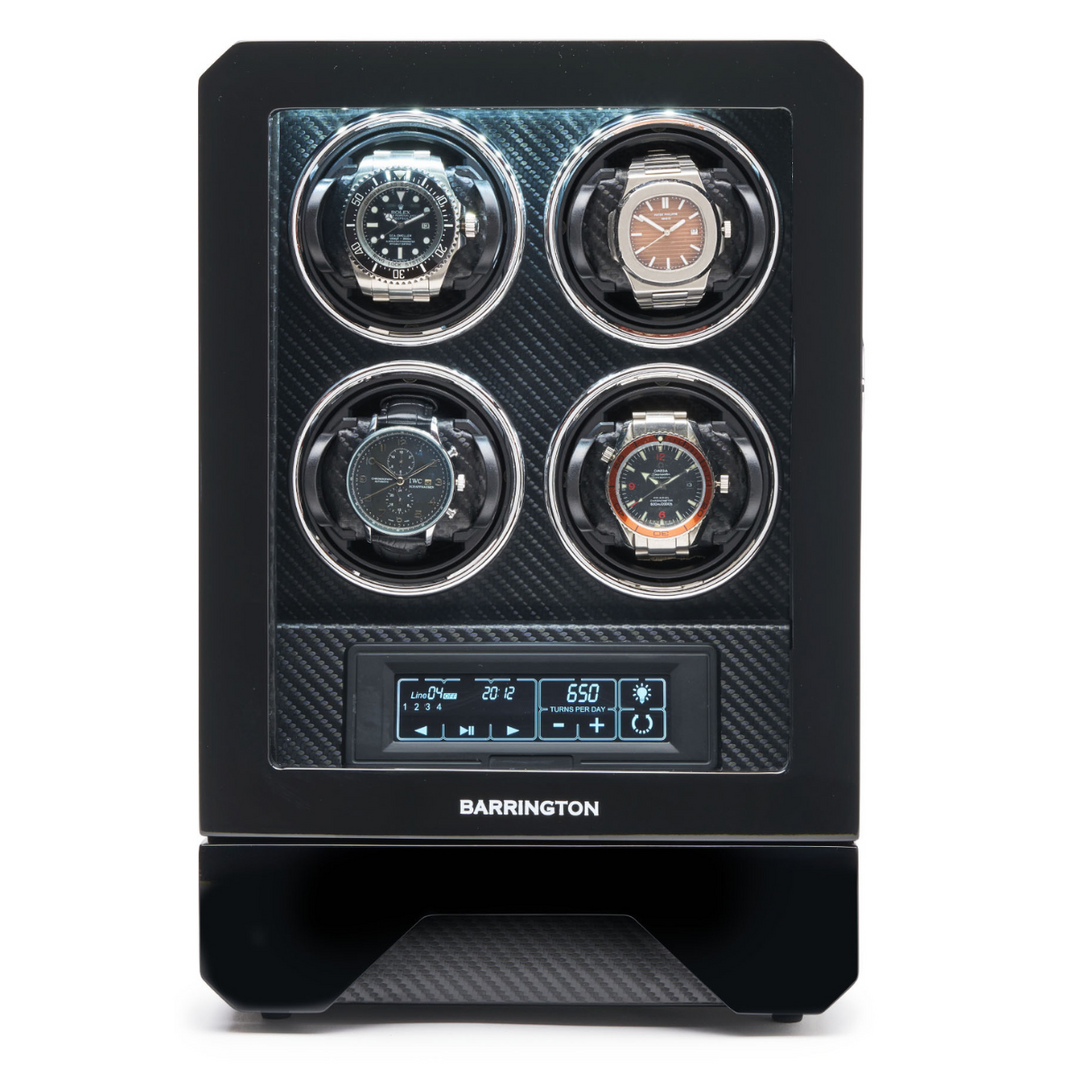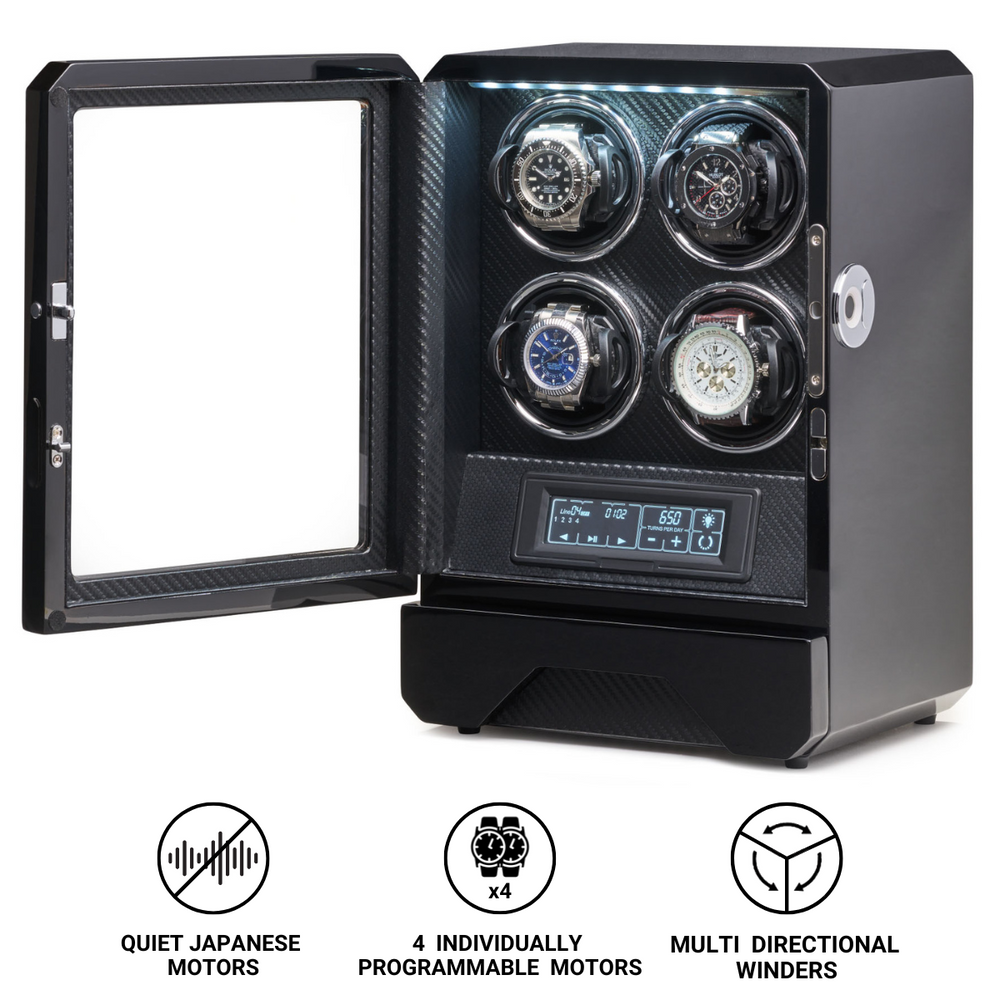What is Foudroyante?
Among the most mesmerising and technically impressive horological complications, the foudroyante occupies a special place. Derived from the French word “foudroyer,” meaning “to strike like lightning,” the term perfectly captures the essence of this feature. A foudroyante complication displays fractions of a second on a sub-dial, allowing the observer to see time measured with electrifying precision. The result is both a technical marvel and a visual spectacle, showcasing the pinnacle of mechanical performance in watchmaking.
While most chronographs measure elapsed time in seconds, minutes, and hours, the foudroyante takes precision to the next level by indicating fractions of a second—typically one eighth or one tenth—on a rapidly moving hand. It is a rare complication, not only because of its mechanical difficulty but also because it embodies the pursuit of ultimate precision in a medium where beauty and engineering must coexist.
The Origins of the Foudroyante
The history of the foudroyante is deeply intertwined with the development of precision timekeeping and chronographs. The complication emerged during the 19th century, when watchmakers sought to measure ever smaller intervals of time for scientific, industrial, and sporting purposes.
Pocket chronographs of the era already allowed for precise measurement of seconds and minutes, but the ability to record fractions of a second was limited by the speed of the chronograph hand and the escapement. To overcome this, watchmakers developed mechanisms that could indicate the exact fraction of a second elapsed between one tick of the escapement and the next.
The foudroyante complication made its first appearance in high-grade chronographs used for scientific and astronomical purposes. Its lightning-fast movement, often completing a full rotation in one second, not only improved measurement precision but also created a captivating display of mechanical energy.
As watchmaking evolved, the foudroyante was adapted for wristwatches, where it became a symbol of technical sophistication. Its rarity ensured that it remained the preserve of high horology, appreciated by connoisseurs who understood the complexity required to produce such a function.
Understanding the Mechanism
At its core, the foudroyante complication is designed to display fractions of a second by linking directly to the escapement of the movement. In most mechanical watches, the escapement releases the gear train at regular intervals, usually eight times per second for a 4 Hz movement or ten times per second for a 5 Hz movement. The foudroyante hand is geared to this rhythm, making one full rotation of its sub-dial each second, divided into segments corresponding to the number of escapement beats.
For example, in a 4 Hz movement, the foudroyante hand will move eight times per second, marking each eighth of a second on the sub-dial. In a 5 Hz movement, it will move ten times, indicating tenths of a second. This means that the hand’s speed directly reflects the movement’s frequency, turning the balance wheel’s oscillations into a visible display of precision.
The mechanism is connected to the chronograph, allowing the foudroyante hand to start and stop with the timing function. When activated, it begins spinning rapidly, giving the impression of continuous motion even though it is jumping from one increment to the next with incredible speed. When the chronograph stops, the foudroyante hand halts instantly, showing the precise fraction of a second at which the event occurred.
This visual effect is both fascinating and informative, making the foudroyante one of the most dynamic complications ever devised.
The Visual Impact of the Foudroyante
The foudroyante is often considered one of the most visually captivating features in horology. Unlike most complications, which display information slowly or subtly, the foudroyante communicates the very heartbeat of the watch. The rapidly spinning hand on its small sub-dial creates a hypnotic sense of movement that mirrors the rhythm of the escapement itself.
This connection between visual beauty and mechanical energy makes the foudroyante an ideal showcase for a watchmaker’s technical prowess. It offers the wearer a rare glimpse into the split-second intervals that govern mechanical timekeeping, transforming the abstract concept of precision into a tangible, visible experience.
The aesthetic appeal of the foudroyante lies not only in its movement but also in its composition. The sub-dial is usually small and placed discreetly, allowing the main dial to retain balance and legibility. Despite its size, the motion of the foudroyante hand draws immediate attention, acting as the heartbeat of the timepiece.
The Technical Challenges of the Foudroyante
Creating a foudroyante mechanism presents immense engineering challenges. The complication must operate at extremely high speed without affecting the stability, amplitude, or power reserve of the movement.
The main difficulty lies in the rapid acceleration and deceleration of the foudroyante hand. Each time it completes a rotation, the mechanism must stop and restart instantly, a process that demands perfect precision in the interaction of gears, levers, and springs. The additional energy required to drive the complication also places extra strain on the mainspring, meaning that careful energy management is essential.
To address these challenges, modern watchmakers use advanced materials and refined engineering. Lightweight components reduce inertia, while high-frequency movements provide smoother operation and more precise fraction measurements. Some contemporary watches even employ silicon components in the escapement and gear train to reduce friction and wear, ensuring long-term reliability.
Because of these complexities, only the most skilled manufacturers produce foudroyante watches, often in small quantities. The complication serves as a demonstration of technical mastery rather than a mass-market feature.
The Relationship Between Frequency and Precision
The accuracy of the foudroyante is directly linked to the frequency of the movement. Higher-frequency calibres can measure smaller time intervals and display smoother, more fluid motion.
A standard mechanical movement operates at 4 Hz, or 28,800 vibrations per hour, dividing each second into eight parts. Thus, a foudroyante in such a watch will have eight divisions on its sub-dial. Some high-performance chronographs use 5 Hz movements, dividing each second into ten increments.
Certain exceptional watches push this even further. Zenith’s El Primero chronograph, one of the most famous high-frequency movements, operates at 5 Hz and can measure time to one tenth of a second. In recent years, some experimental watches, such as TAG Heuer’s Mikrotimer, have achieved frequencies up to 1000 Hz, capable of recording time to one thousandth of a second, although such extremes remain rare and primarily conceptual.
The interplay between frequency and the foudroyante function underscores the deep connection between mechanical speed and horological precision. The faster the balance wheel oscillates, the more refined the measurement of time becomes.
Foudroyante and the Chronograph
While the foudroyante is often associated with chronographs, it is important to understand their relationship. Not all chronographs feature a foudroyante, but when combined, the two create a remarkably complete timing instrument.
In a foudroyante chronograph, the main chronograph hand measures elapsed seconds, while the foudroyante hand shows the fraction of the last second at the moment the timing stops. This allows for extraordinarily precise readings, down to one eighth or one tenth of a second depending on the movement’s frequency.
Because of its complexity, most foudroyante chronographs are produced by high-end brands such as A. Lange & Söhne, Breguet, and Patek Philippe. These watches exemplify the finest aspects of mechanical innovation, blending historical techniques with modern precision.
Notable Watches Featuring the Foudroyante Complication
Throughout horological history, a select few watches have showcased the foudroyante complication with exceptional artistry and craftsmanship.
-
A. Lange & Söhne Datograph Up/Down
This model features a jumping foudroyante seconds hand that reflects the brand’s dedication to engineering excellence. The speed and precision of its operation are balanced by flawless finishing and legibility. -
Breguet Tradition Chronographe Indépendant
Breguet’s approach to the foudroyante demonstrates a deep understanding of classical horology. The independent chronograph train ensures that the complication operates smoothly without affecting the timekeeping function. -
Patek Philippe Ref. 5370P
A masterpiece of contemporary watchmaking, this split-seconds chronograph includes a foudroyante display that showcases Patek Philippe’s technical and aesthetic mastery. -
Zenith Defy El Primero 21
With its 50 Hz movement, this modern icon takes the foudroyante concept to new extremes, completing one full rotation per second and displaying one hundredth-of-a-second precision.
These timepieces demonstrate how the foudroyante has evolved from a scientific instrument into a work of mechanical art.
The Aesthetic and Emotional Appeal
Beyond its technical significance, the foudroyante holds a unique emotional appeal. The rapid motion of its hand evokes the fleeting nature of time, serving as a vivid reminder of the precision and impermanence that define life itself. It offers a constant visual connection between the wearer and the mechanical heart of the watch, reinforcing the idea that horology is as much about feeling as it is about measurement.
In an age dominated by digital timing devices capable of measuring even smaller fractions of a second, the foudroyante stands as a celebration of mechanical beauty. It captures the human fascination with motion, rhythm, and the passage of time—qualities that no electronic display can replicate.
The Foudroyante in Modern Watchmaking
Today, the foudroyante remains a rare and prestigious feature, typically reserved for high complications and limited-edition models. It continues to serve as a symbol of horological mastery, demonstrating the fine balance between mechanical power and artistic expression.
Advances in materials, manufacturing, and design have allowed modern watchmakers to refine the foudroyante further, achieving smoother motion and greater efficiency. However, despite these innovations, the essence of the complication remains unchanged: to reveal the heartbeat of precision timekeeping in its most dramatic form.
The foudroyante may not be the most practical of watch functions, but its significance lies in what it represents—the relentless pursuit of perfection that defines the art of horology.
Conclusion
The foudroyante is one of the most enchanting and technically demanding complications in watchmaking. By displaying fractions of a second in real time, it transforms invisible precision into a visible performance, bridging the worlds of engineering and art.
Its history is a story of innovation and mastery, from 19th-century scientific instruments to modern haute horlogerie creations. Whether found in a classical chronograph or a cutting-edge high-frequency movement, the foudroyante captures the essence of horological passion: the desire to measure the immeasurable and to express time in its most dynamic form.
Few complications convey the magic of mechanical watchmaking as vividly as the foudroyante. It is a lightning strike of precision—a reminder that even within the smallest fractions of a second, there exists a universe of beauty, movement, and craftsmanship.









